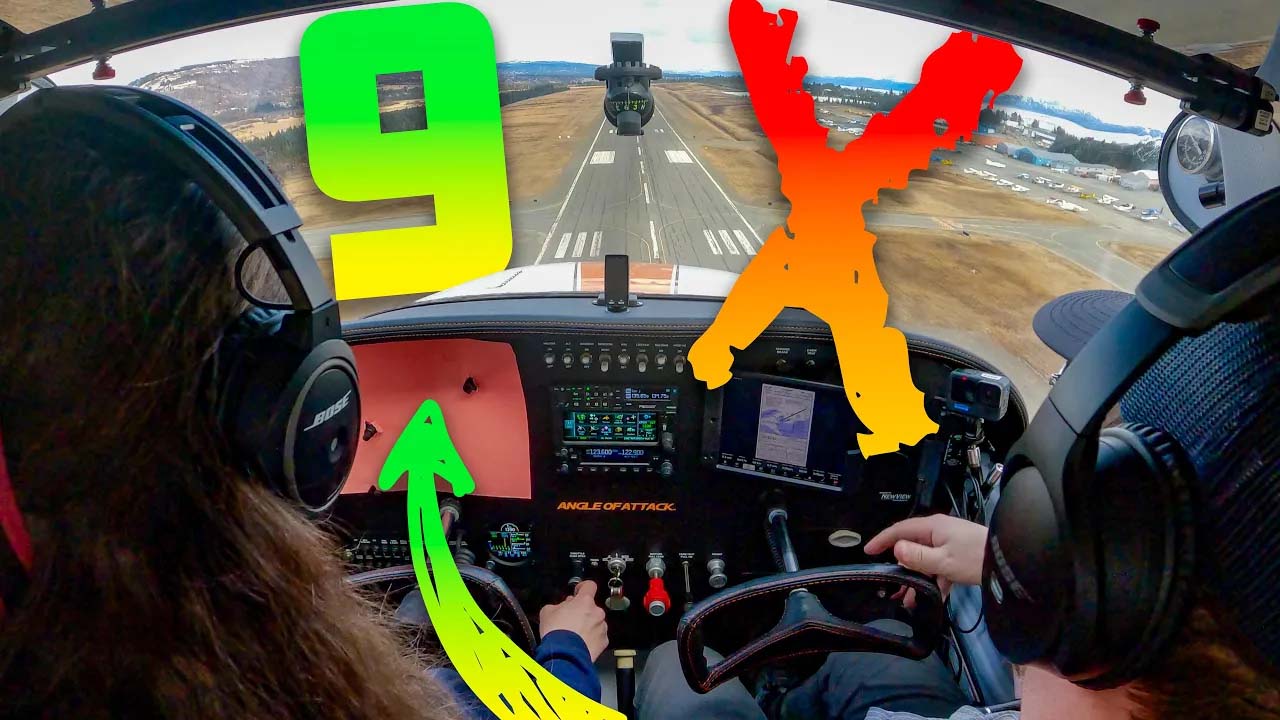
Are you ready to take the next step in your aviation journey by scheduling your FAA PPL written test? An essential milestone for any pilot is passing the FAA PPL (Private Pilot License) written test. Understanding the ins and outs of scheduling this exam is crucial for a smooth experience. In this guide, we’ll walk you through every step, from acquiring your FTN (FAA Tracking Number) to sitting for the exam itself.
Acquiring Your FTN (FAA Tracking Number)
Before scheduling your FAA PPL written test, you need to obtain your FTN. The FTN serves as a unique identifier in the FAA’s tracking system. To acquire your FTN, you must register for an account on the FAA’s Integrated Airman Certification and Rating Application (IACRA) website. Once registered, you will receive your FTN, which you’ll need throughout the certification process.
How to Know You’re Ready For Scheduling
Determining your readiness to schedule your FAA PPL test is crucial for a successful aviation journey. Mastering the material through online ground school is the fastest method for ensuring you’re ready, learn more about Angle of Attack’s PPL course here. Passing your online ground school tests demonstrates your comprehension of essential theoretical concepts. Equally important is receiving a recommendation from your flight instructor, indicating your proficiency and readiness for the next step. Mastering both theoretical knowledge and practical skills ensures you’re adequately prepared for the challenges ahead. Once you’ve checked off these milestones, you can confidently take the leap and schedule your PPL test, marking a significant milestone in your path to becoming a licensed pilot. Trust in your preparation and embrace the journey as you soar towards your aviation dreams.
Understanding PSI
PSI is the organization authorized for administering FAA knowledge tests. They have a network of testing centers across the United States where you can take your FAA PPL written test. PSI is a key entity responsible for administering Federal Aviation Administration (FAA) tests, catering to a diverse range of aviation professionals. PSI facilitates examinations for various FAA certifications, including private pilot, commercial pilot, instrument rating, airline transport pilot, and flight instructor certificates. Additionally, PSI administers tests for specialized ratings such as multi-engine, helicopter, and seaplane certifications. With their comprehensive testing services, PSI plays a crucial role in ensuring the competency and proficiency of aviation personnel across different sectors of the industry. Get started by creating your PSI account here.

Scheduling Your Exam
With your FTN and PSI profile in hand, you’re ready to schedule your FAA PPL written test. After you create your PSI account choose the preferred testing center, and select an available date and time for your exam. Keep in mind that scheduling in advance is advisable, as popular testing dates may fill up quickly.
Exam Cost and Payment
The cost of the FAA PPL written test varies slightly depending on the testing center but typically ranges from $150 to $200. Payment is usually made online during the scheduling process. Be sure to check the specific fee for your chosen testing center before proceeding with payment.
What to Bring on Exam Day
On the day of your FAA PPL written test, remember to bring the following items:
- Government-issued photo identification (e.g., driver’s license, passport)
- Your FTN
- Any necessary endorsements from your flight instructor (if applicable)
- Logbook endorsement or certificate of graduation (if applicable)
- If retaking exam, previous test report signed by an instructor
- Passport if not a US Citizen
- 1 Navigational plotter
- 1 E6-B flight computer
- A scientific calculator
Instructor Endorsement: To Endorse or Not to Endorse?
While not mandatory, obtaining an endorsement from your flight instructor can be beneficial. An instructor endorsement serves as a testament to your readiness for the exam and may boost your confidence. Additionally, some testing centers may require an endorsement for certain applicants, such as those applying under Part 141 training programs. Learn more about 141 vs 61 flight training here.
In conclusion, scheduling your FAA PPL written test is a straightforward process that involves obtaining your FTN, creating a profile on PSI, and selecting a convenient testing date and location. Be sure to prepare adequately, bring all necessary documents, and consider seeking an instructor endorsement to maximize your chances of success. Good luck on your journey to becoming a licensed pilot!
As always, throttle on!

Online Ground school is where your journey to becoming a pilot begins. It’s where you learn the basics before getting in an airplane. And it’s what prepares you to pass your FAA written exam and checkride.

Stay Connected
Be the very first to get notified when we publish new flying videos, free lessons, and special offers on our courses.





